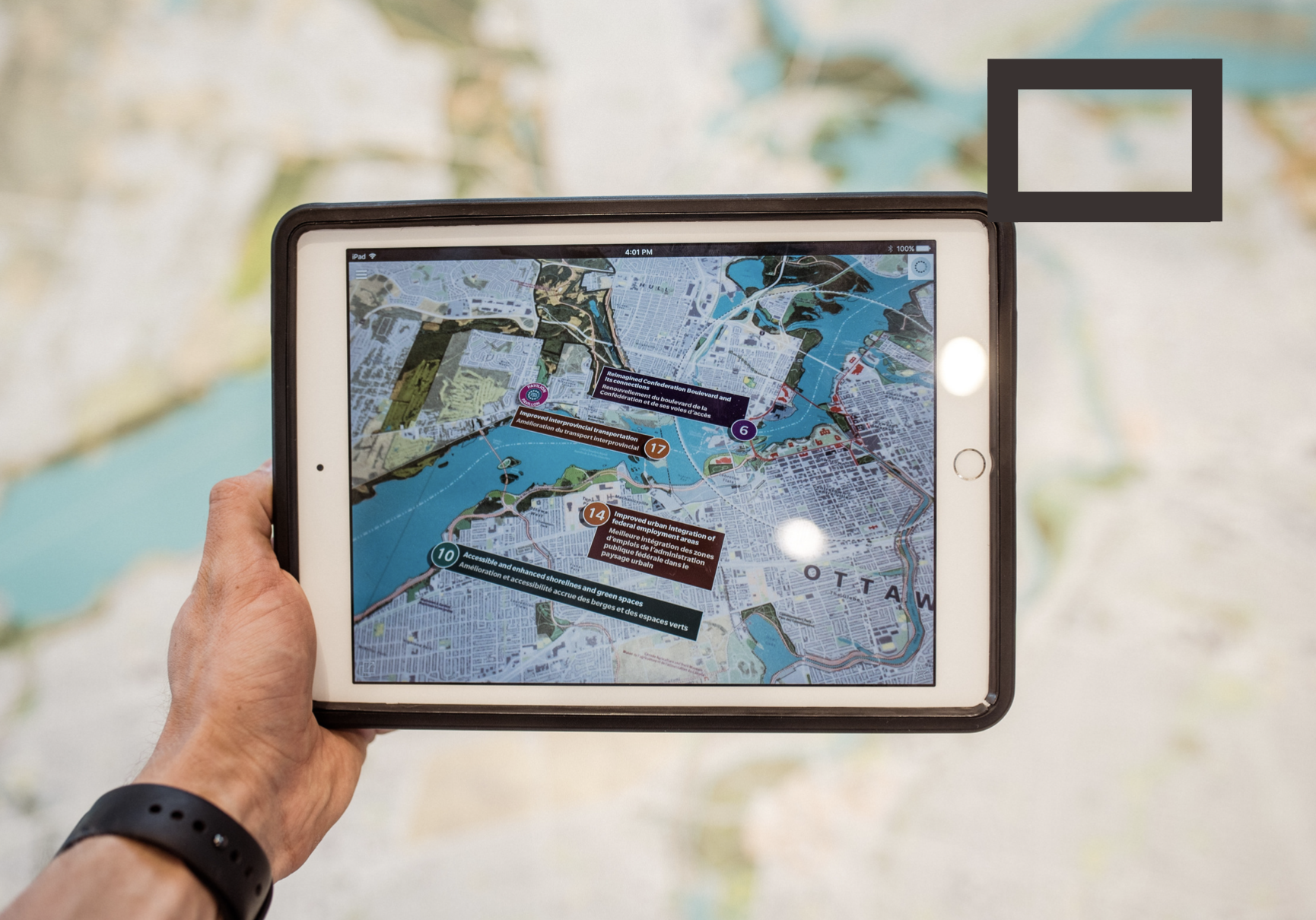What happens when you really trust employees?
I attended Nicole Koster’s “humanity over bureaucracy” talk at the 2016 Agile conference in Melbourne. She shared the incredible story of Buurtzorg, the In-Home Care provider in the Netherlands that grew from one team to complete dominance over the Dutch market, while reducing overall healthcare costs for the country.
Six years prior to that event, Gary Hamel had published in the Harvard Business Review a game-changing article “First, Let's Fire All the Managers” explaining how Morning Star had built its success on self-management. And while Buurtzorg is often cited for their self-managing teams, Nicole Koster insisted that, even more then self-management, trust and a trust-based organisational design were at the core of the organisation’s success.
In this article I explore how trust can become an unbeatable competitive advantage, and what still prevents most companies to transition to a trust-based organisational design and replicate’s Buurtzorg’s success.
Trust by default
Many companies might have trust as one of their values, or as an element of their desired culture, but very few have embedded trust in their process, system and organisational design.
A trust-based organisational design is a one where trust is there by default, not only on posters on the wall, but embedded in processes, systems and roles. What happens in case trust is breached becomes the exception and is managed accordingly. This removes so much noise the rest of the time. It opens up an opportunity for a simpler process and system landscape, and a leaner organisation.
For example, Buurtzorg only has a back-office of 50 staff and 15 coaches for their self-organising teams to support 10’000 nurses delivering services to clients. Buurtzorg uses empowerment, adaptability, collaboration and support at the core of its organisational design, focusing on keeping things simple and leaving the processes based on industry “best practices” to their competitors.
“Yes, we do trust 10.000 nurses to just be honest.” Nicole Koster
Now compare this with control-based environments that prevail in most companies. There, you’re likely to find an environment where, every step of an employee’s way, a control has been put in place. This adds layer upon layer of complexity in processes, systems, and creates those meaningless interactions between employees that are the daily grind of corporate life.
And with each new scandal in the corporate world, the answer has always been to tighten control even more. Just think of the 2002 Sarbanes-Oxley Act in the US for example, and how it reinforced the obsession with processes and controls.
The good news is that, with all industries now operating like that, a different model based on trust can become a powerful innovation lever. A trust-based organisational design has provided Buurtzorg with a competitive advantage in the health care industry in the Netherlands, an advantage significant enough to quickly dominate this market. But this insight should reach far beyond that industry and that country.
Trust as a model to copy
Of course, Buurtzorg was built on those principles from the very beginning. But what’s preventing established companies to copy Buurtzorg’s model and replicate the kind of market success and social impact they are having?
At the “humanity over bureaucracy” talk I was with two senior leaders from the Australian Aged Care provider I was consulting for at the time and they were on a mission to assess how to replicate this Buurtzorg model here in Australia.
“We are all prisoners of the familiar. Many things—the first iPhone, J.K. Rowling’s wizardly world, Lady Gaga’s sirloin gown—were difficult to envision until we encountered them. So it is with organizations.” Gary Hamel
But implementing a trust-based organisational design is hard work, especially when leaders strongly believe their job is to control, when employees are massively oblivious or disconnected to their company’s purpose and when technology designed a decade ago keeps operations ticking in the past. Let me extend further on those three blockers to transformation endeavours.
First, most of today’s organisations have been designed with the underlying assumptions that employees are in need of direction, if not lazy or dishonest. Hence the rigid hierarchy of team leaders, managers, executives, senior executives. When leaders have a deeply rooted belief in control and think their role is to protect the company from anarchy or chaos, then not much can be done until something happens, one day, that enables a shift in their belief system.
No amount of data, success stories like Buurtzorg, or any other form of convincing will force someone to change their worldview until they are ready for it. Those deeply rooted beliefs are the number one reason why most companies cannot even start to imagine a business transformation towards a trust-based organisational design, let alone implement one.
Secondly, the vast majority of employees are totally disconnected from their organisation’s purpose. In his book Reinventing organizations, Frederic Laloux warns against the danger of self-management when employees have a weak or non-existent connection with their company’s purpose.
“When people have little emotional investment in the organisation and in its purpose, when employees consider work as a burden to be minimised, then don’t be surprised that given freedom, they take the freedom but not the responsibility.” Frederic Laloux
In Buurtzorg, the workforce has a strong connection to the company purpose. But the overwhelming low employee engagement data regularly published by Gallup shows us a reality where employees elsewhere don’t feel the connection to their company’s purpose. Without this pre-requisite, there is no point in transitioning to a trust-based model.
Finally, trust is a function of intimacy, so it is relatively easy to build trust among people working together in the same office on a daily basis. But how can trust scale over larger teams and territories? And how can a trust-based environment embed safeguards against potential trust breaches? That’s where technology comes in.
“Technology is creating new mechanisms that are enabling us to trust unknown people, companies and ideas. Think Airbnb, Tinder and Bitcoin.” Rachel Botsman
We’ve all experienced in our personal lives how technology enables trust among strangers. But it’s not how we experience technology yet in organisations. For most of us work is still the place where we use yesterday’s technology.
At work, technology designed and implemented in the last decade makes sure every employee goes through the same processes with controls and approval workflows. Think of a simple process you’ll find in every organisation, the expense claim management process. Now imagine it based on today’s technology. The need for human controls and approval workflows would almost totally disappear because a properly designed algorithm could identify exceptions or errors in those claims. And for the immense majority of claims this would remove the need for controls and approvals all together. Here lies the paradox: technology can become such a sophisticated control mechanism that it liberates employees from redundant control and approval tasks.
But in many organisations, the IT systems in place still cement the control intensive processes of the past. Even among companies willing to replicate Buurtzorg’s model, many would get discouraged when looking at the cost and effort to change their processes and systems. And at that point, the option to transform to a trust-based model would seem quite far out of reach.
As companies like Morning Star and Buurtzorg show, there are many roads to success. Who would have thought that “trusting your employees” would be a competitive advantage? And yet with innovation in their organisational design, Buurtzorg have built a competitive advantage strong enough to outperform their competition and transform the aged care sector in the Netherlands.










